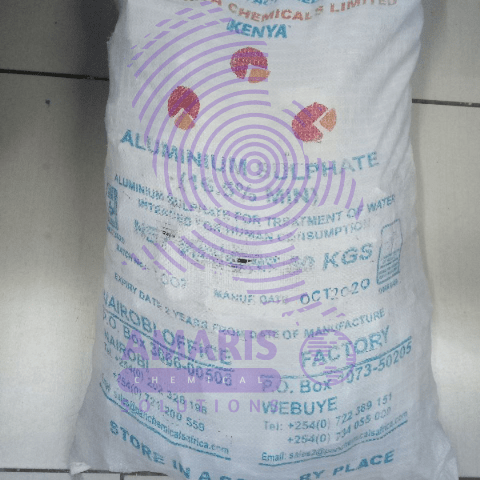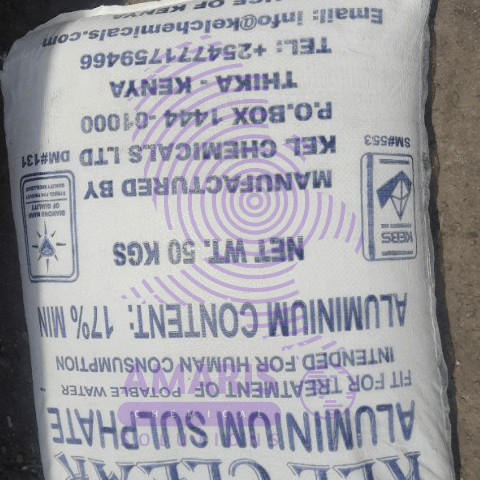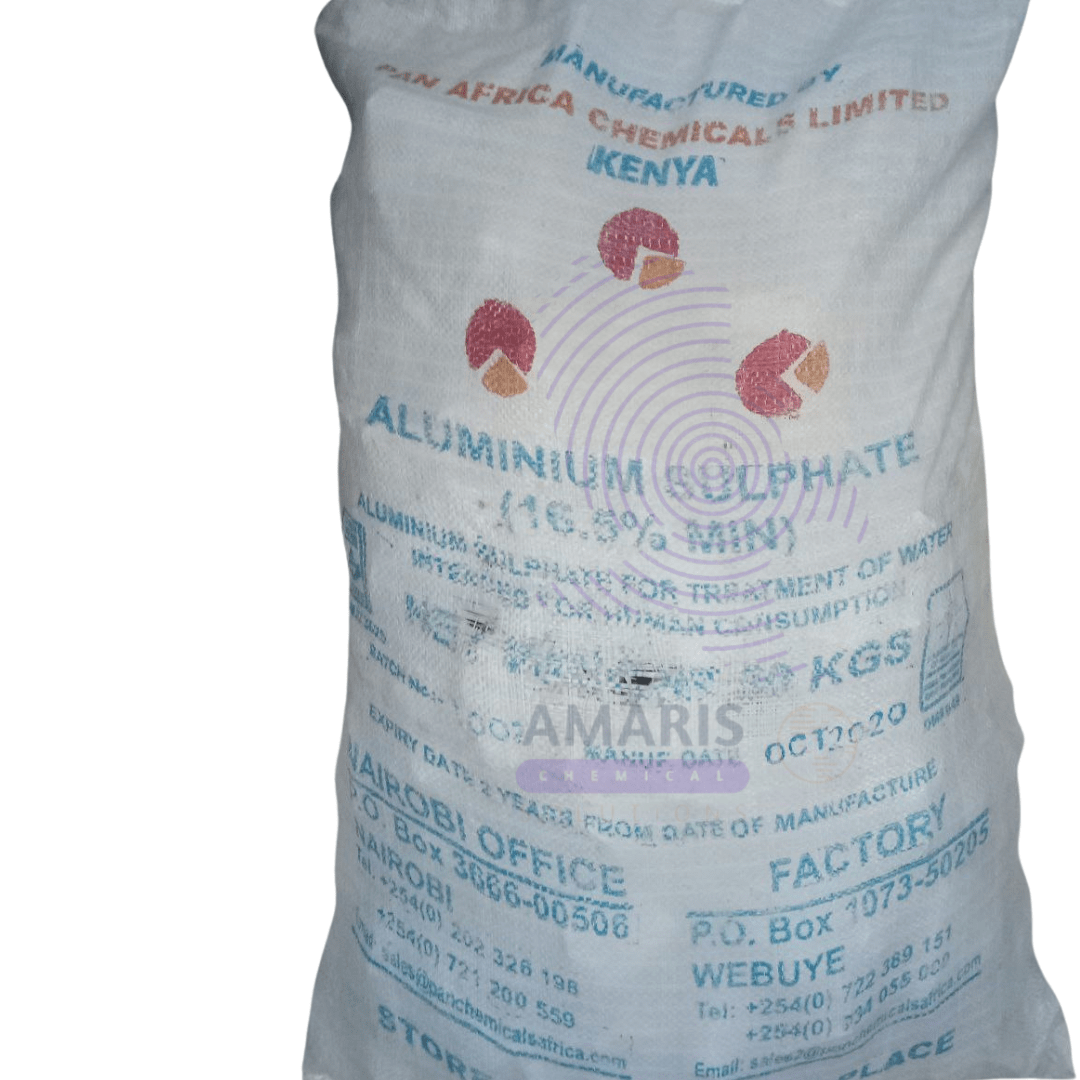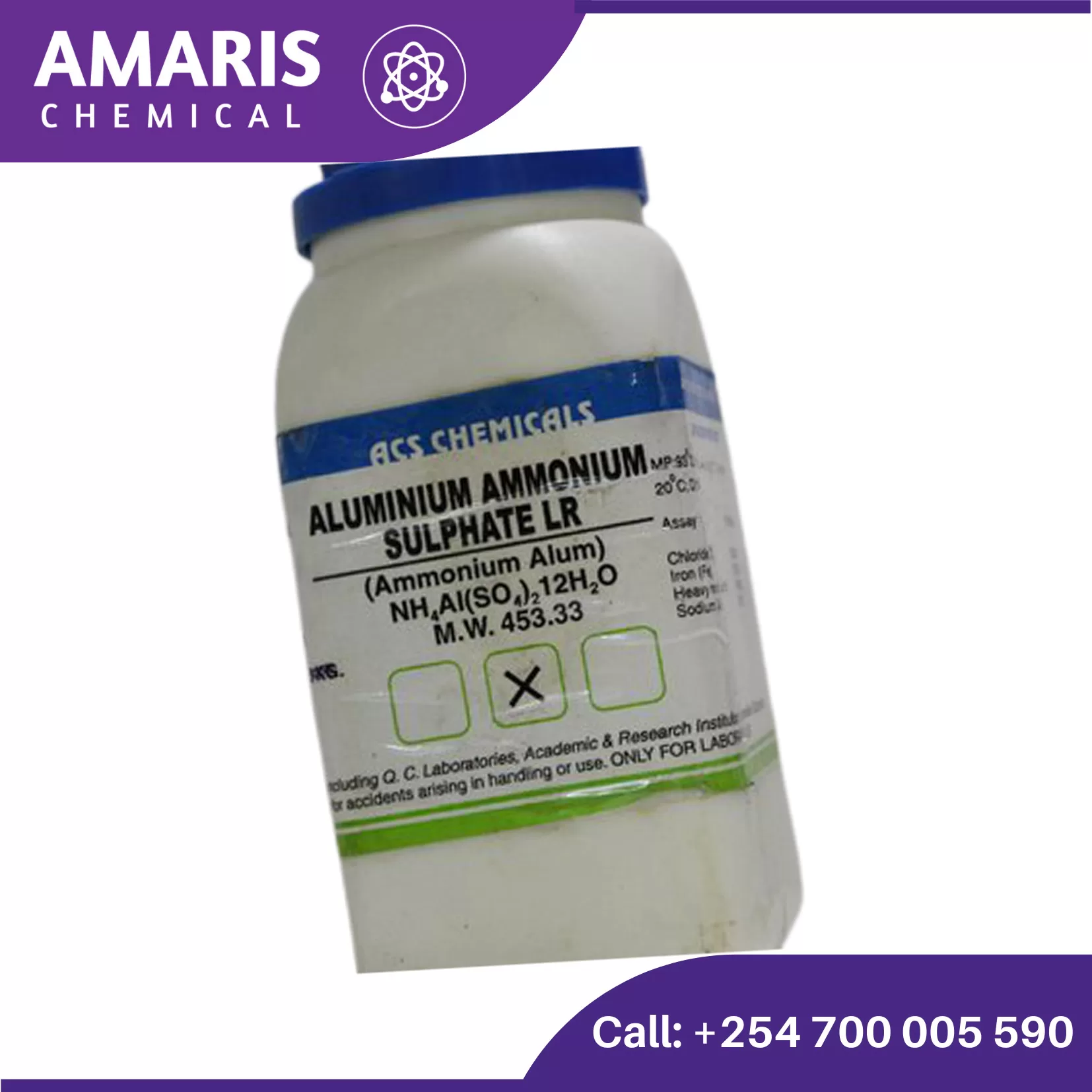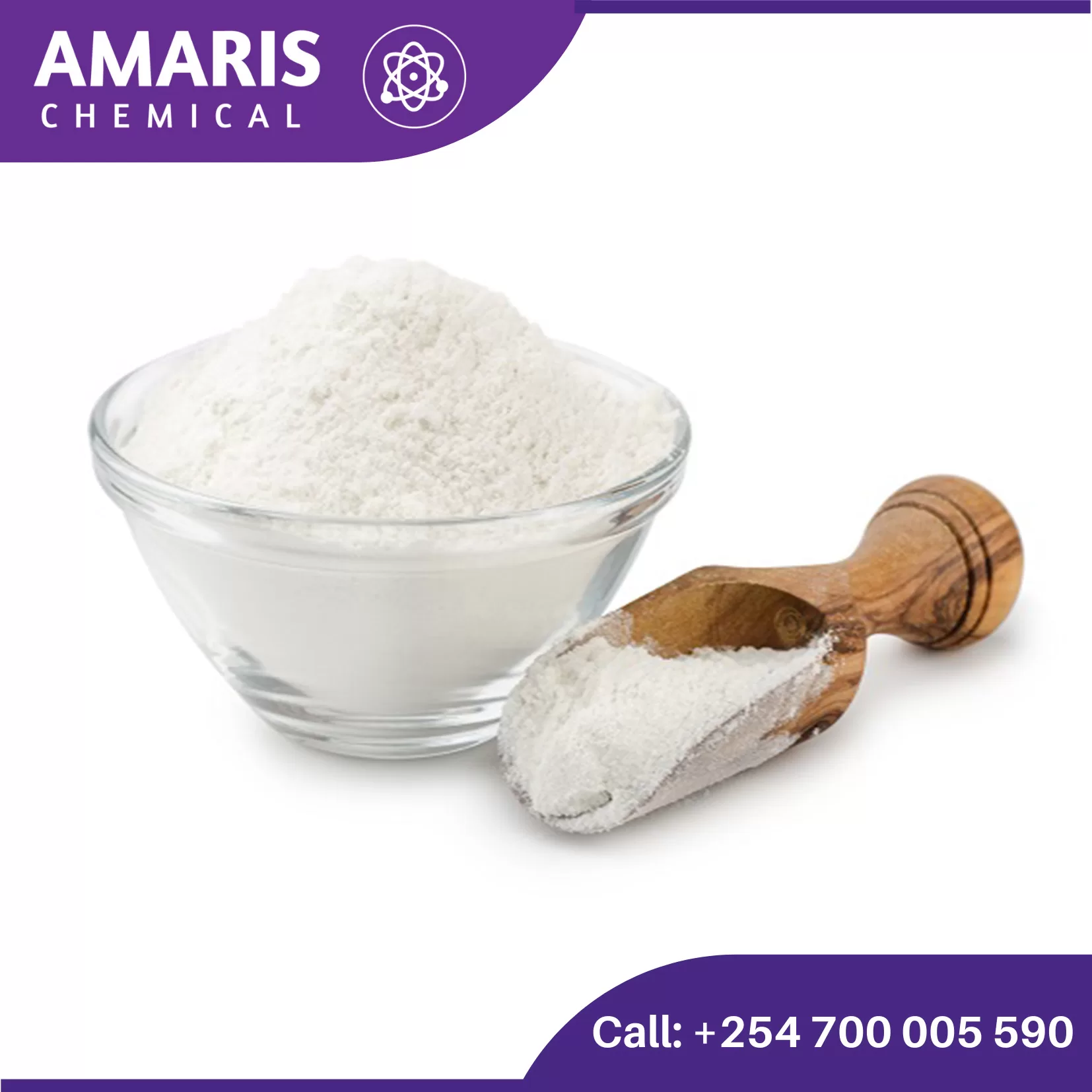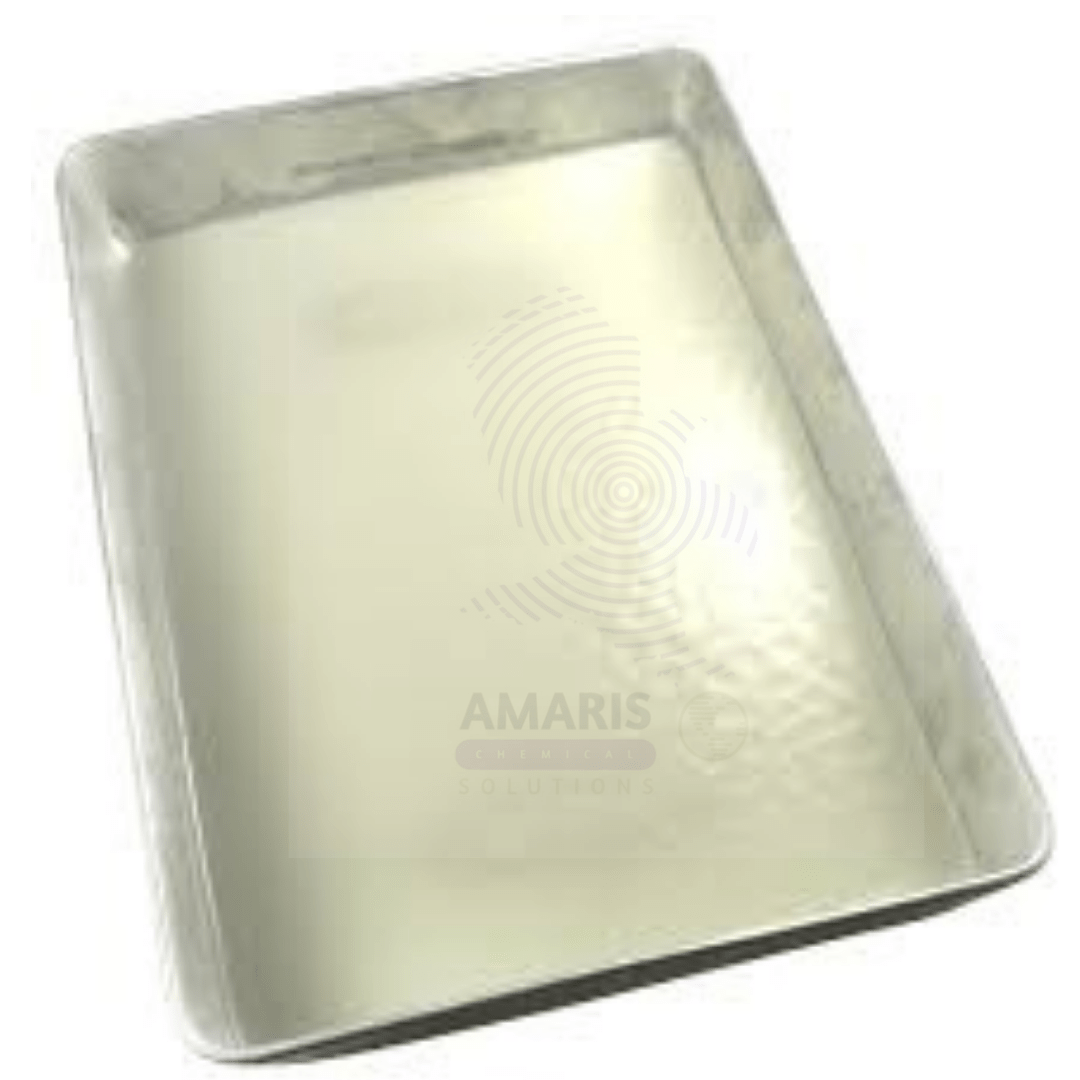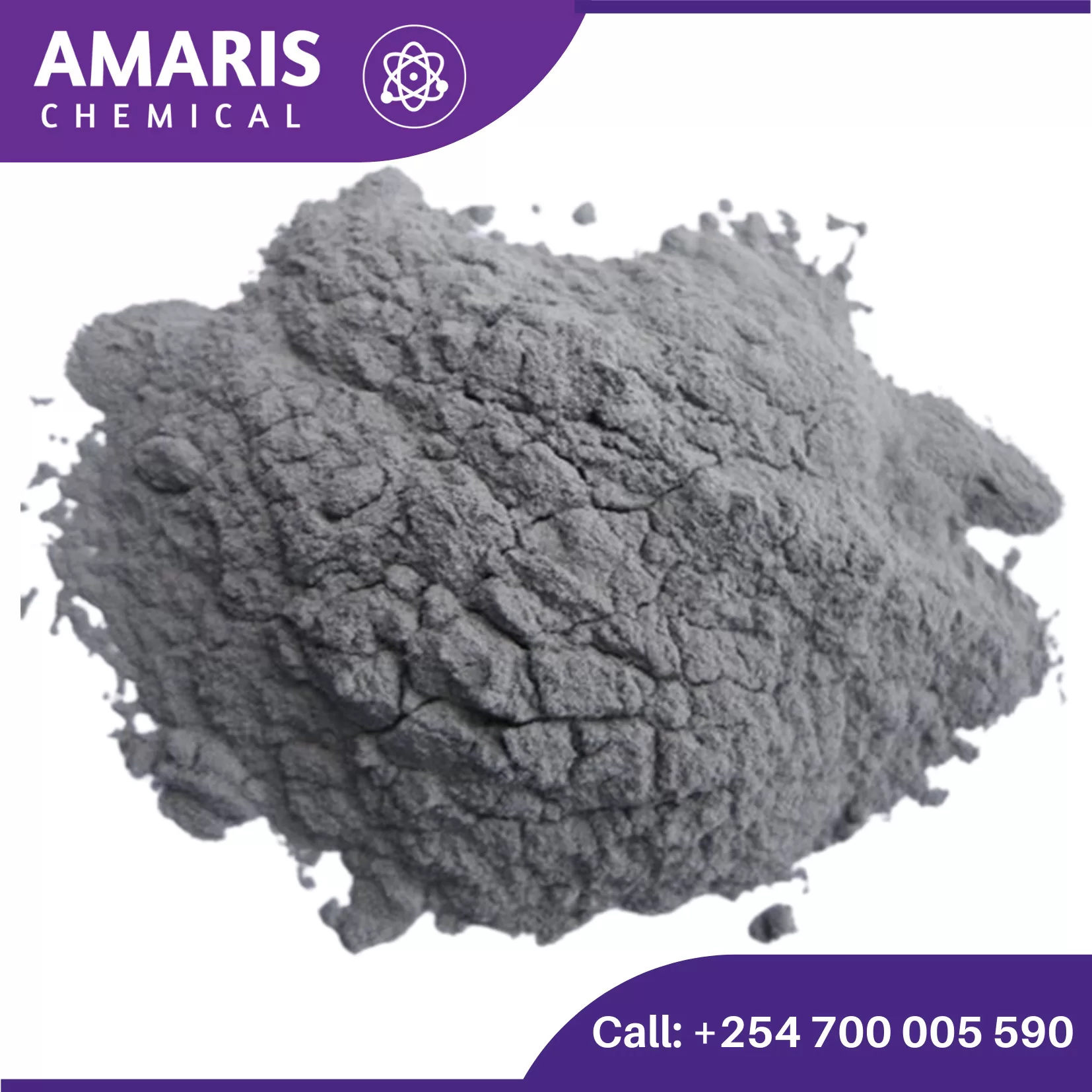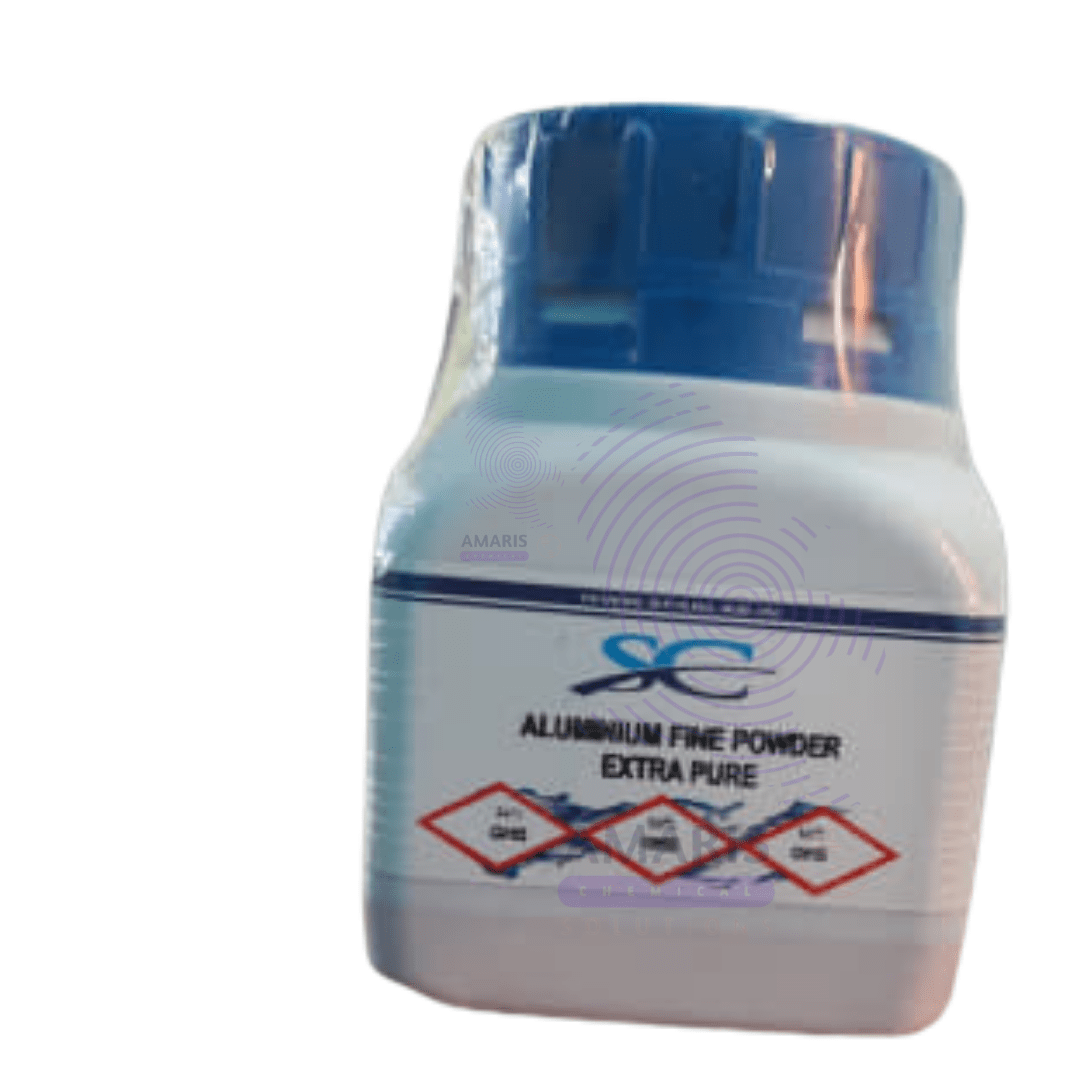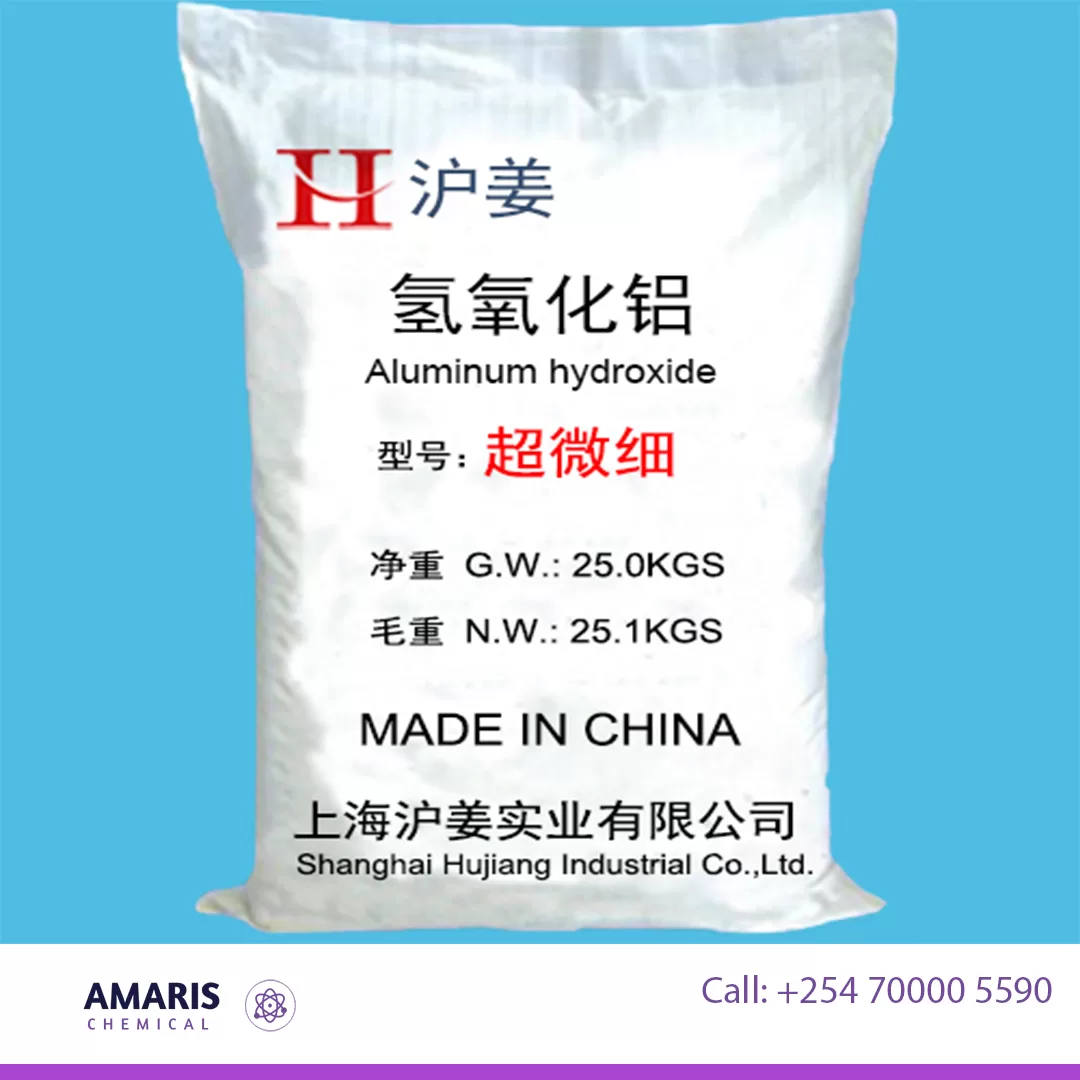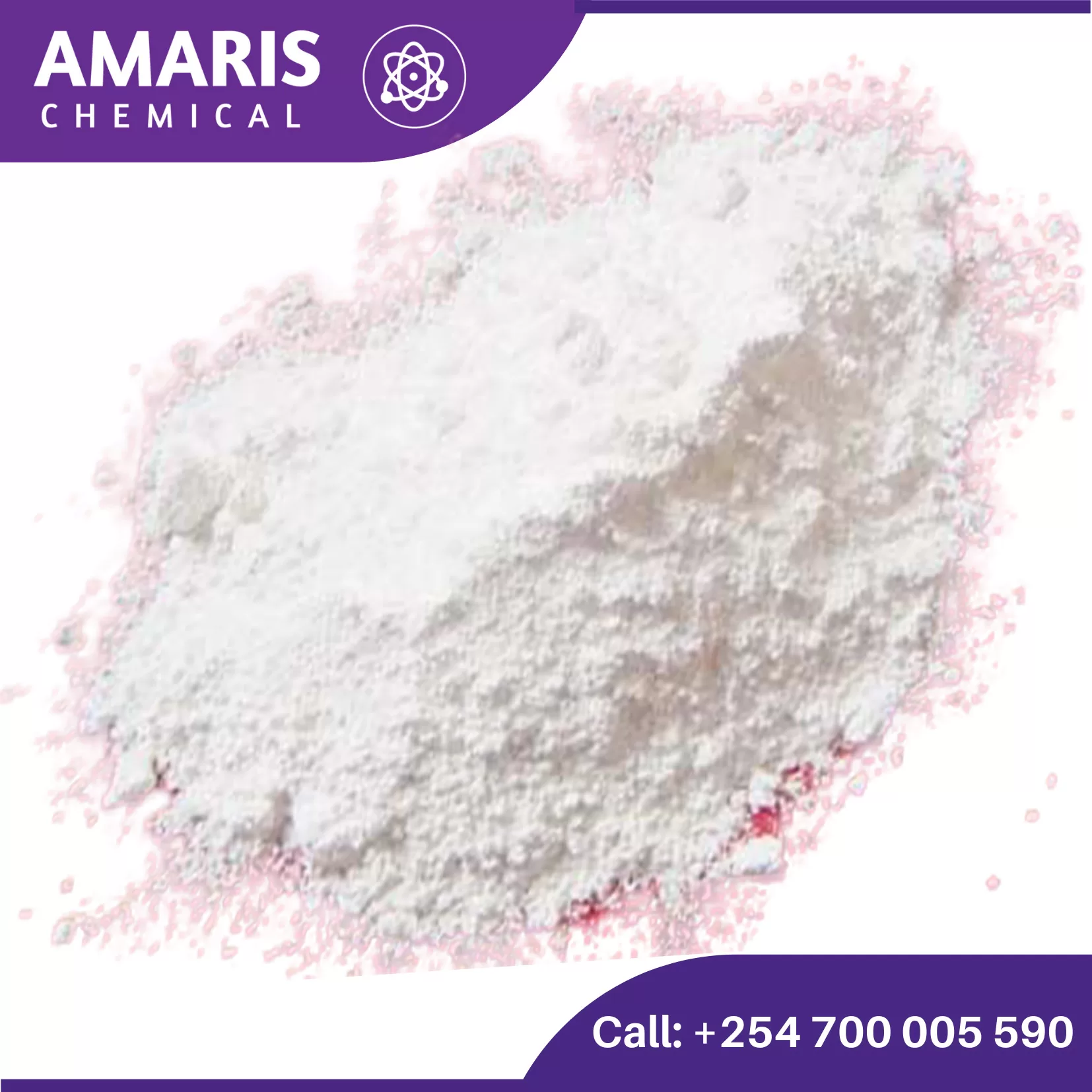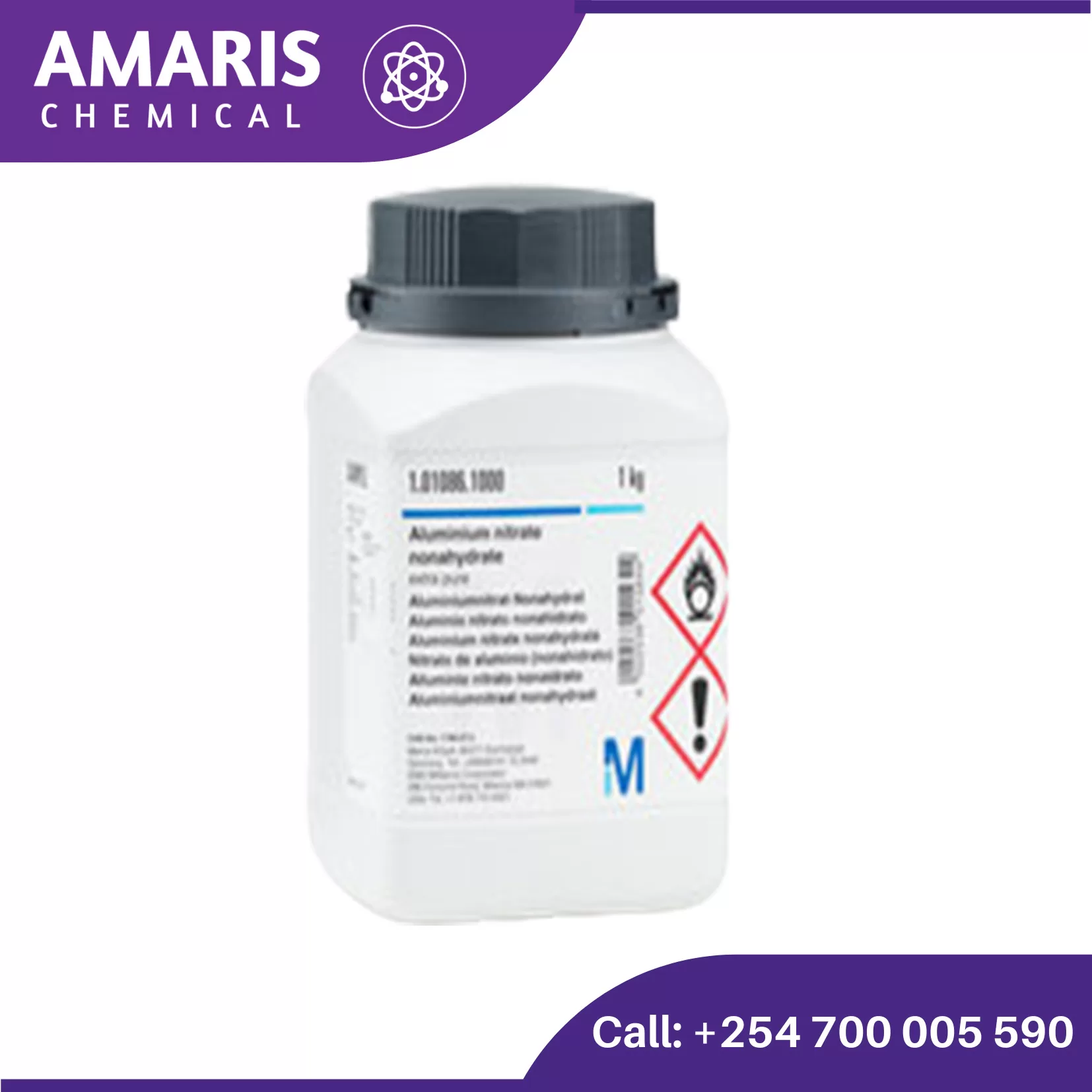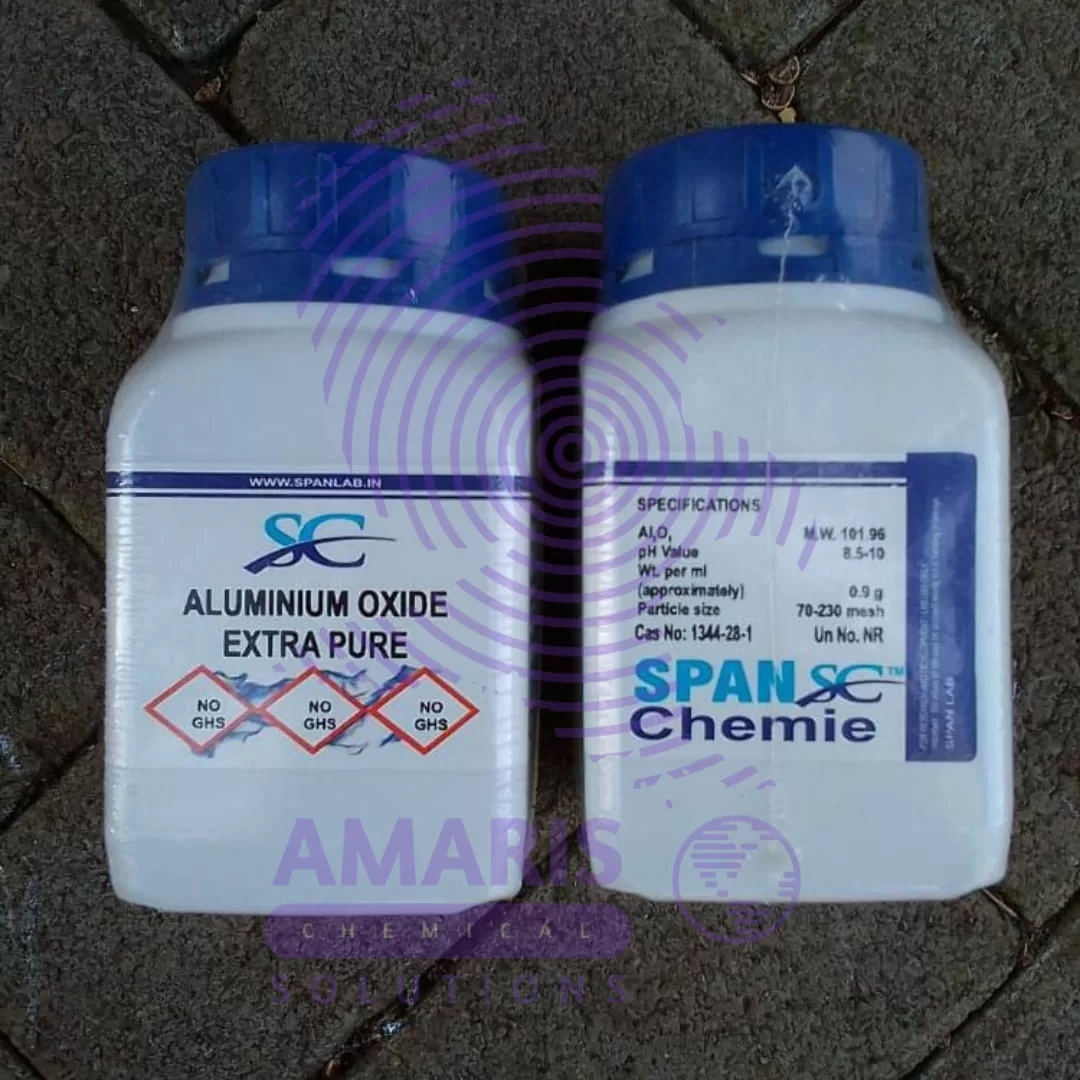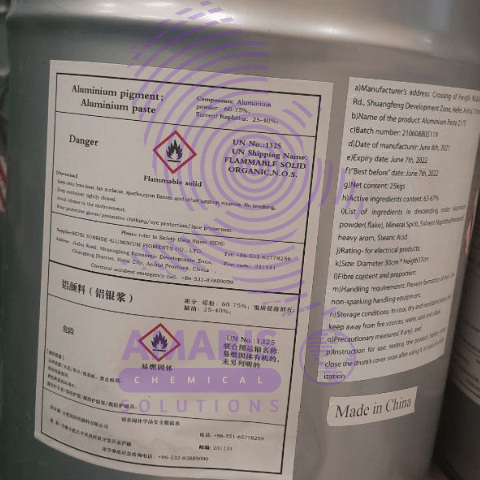Aluminium silicate
Aluminium silicate is a compound made up of aluminium, silicon, and oxygen, with the chemical formula Al2SiO5. It is also known as kaolin, a naturally occurring clay mineral that is widely used in a variety of industrial applications. Aluminium silicate is valued for its high temperature resistance, low thermal expansion, and good electrical insulation properties, which make it useful in the manufacturing of ceramics, refractory materials, and insulators. It can also be used as a filler in paper, paint, and plastics.
Aluminium sulphate Alum Rock
Aluminium sulphate, also known as alum, is a chemical compound made up of aluminium, sulphur and oxygen. It has the chemical formula Al2(SO4)3 and is commonly used in water treatment plants as a coagulant to remove impurities such as suspended particles, organic matter, and bacteria from water.
Alum is a white crystalline substance that dissolves in water to form a colourless solution. It has a variety of other applications, including in the manufacturing of paper, textiles, and in various industrial processes. In addition, alum has medicinal uses as an astringent and as a component of antiperspirants.
Aluminium Sulphate powder (Alum)
Aluminium sulphate, also known as alum, is a chemical compound made up of aluminium, sulphur and oxygen. It has the chemical formula Al2(SO4)3 and is commonly used in water treatment plants as a coagulant to remove impurities such as suspended particles, organic matter, and bacteria from water.
Alum is a white crystalline substance that dissolves in water to form a colourless solution. It has a variety of other applications, including in the manufacturing of paper, textiles, and in various industrial processes. In addition, alum has medicinal uses as an astringent and as a component of antiperspirants.
Overall, aluminium sulphate or alum is a versatile compound with a range of practical uses in various industries and applications.
Aluminum Ammonium Sulphate
Aluminum ammonium sulfate, also known as ammonium alum or just alum, is a chemical compound with the formula (NH4)Al(SO4)2·12H2O. It's a white crystalline solid commonly used in water purification, leather tanning, and as a mordant in dyeing textiles.
In water purification, alum acts as a coagulant to remove impurities by causing suspended particles to clump together, making it easier for filtration to remove them. In leather tanning, it helps to stabilize the leather by tightening the collagen fibers. And in dyeing textiles, alum helps the dye adhere to the fabric.
However, it's important to note that excessive exposure to aluminum compounds like alum can be harmful, so it's typically used with caution and proper safety measures.
Aluminum Carbonate 250g
Aluminum carbonate is a chemical compound with the formula Al2(CO3)3. It is a white, crystalline solid that is insoluble in water. Aluminum carbonate is not commonly encountered in pure form due to its high instability, especially in the presence of water and carbon dioxide. Instead, it tends to decompose into aluminum hydroxide and carbon dioxide when exposed to moisture or acidic conditions.
Aluminum Dissecting Pan with wax
A laboratory aluminum dissecting pan with wax is a specialized tool used in scientific and educational settings, particularly in biology and anatomy laboratories. It typically consists of a shallow, rectangular or oval-shaped pan made of aluminum, and the surface of the pan is coated with a layer of wax.
The main purpose of this pan is to provide a convenient and controlled surface for dissecting biological specimens. The wax-coated surface allows for easy pinning and securing of specimens during dissection procedures. The wax also helps to prevent the specimens from slipping or moving around, making it easier for students or researchers to work with precision.
These pans are commonly used for various dissection exercises, where students or researchers can study the internal structures of organisms and learn about their anatomical features. The aluminum construction makes the pan durable and easy to clean, ensuring it can withstand repeated use.
Overall, a laboratory aluminum dissecting pan with wax is an essential tool that enhances the learning and research experience by providing a stable and secure platform for dissecting and examining biological specimens.
Aluminum Fine Powder
Aluminum hydroxide
Aluminium hydroxide is a chemical compound with the formula Al(OH)3. It is an inorganic compound that is commonly used as an antacid to neutralize excess stomach acid, as well as a component in the manufacture of various products, such as ceramics, paper, and cosmetics. It is a white, powdery substance that is insoluble in water and has a low toxicity. When heated, it decomposes to produce aluminium oxide, or alumina, which is used in the production of aluminium metal.
Aluminum Hydroxide 250gm
Aluminium hydroxide is a chemical compound with the formula Al(OH)3. It is an inorganic compound that is commonly used as an antacid to neutralize excess stomach acid, as well as a component in the manufacture of various products, such as ceramics, paper, and cosmetics. It is a white, powdery substance that is insoluble in water and has a low toxicity. When heated, it decomposes to produce aluminium oxide, or alumina, which is used in the production of aluminium metal.
Aluminum Nitrate 500gm
Aluminum nitrate is a chemical compound with the formula Al(NO3)3. It's a salt composed of aluminum and nitrate ions. It's commonly encountered as a hydrate with varying numbers of water molecules associated with each aluminum nitrate formula unit. It's soluble in water and is often used in various industrial processes, including as a mordant in dyeing fabrics and in the production of aluminum oxide. Additionally, it's used in some chemical reactions and as a component in some types of rocket propellants.
Aluminum Oxide 500 grams
Aluminum oxide, often referred to as alumina, is a chemical compound made up of aluminum and oxygen atoms (Al2O3). It occurs naturally in various minerals, including corundum and bauxite. It is one of the most widely used compounds, valued for its hardness, strength, and resistance to abrasion and corrosion.











